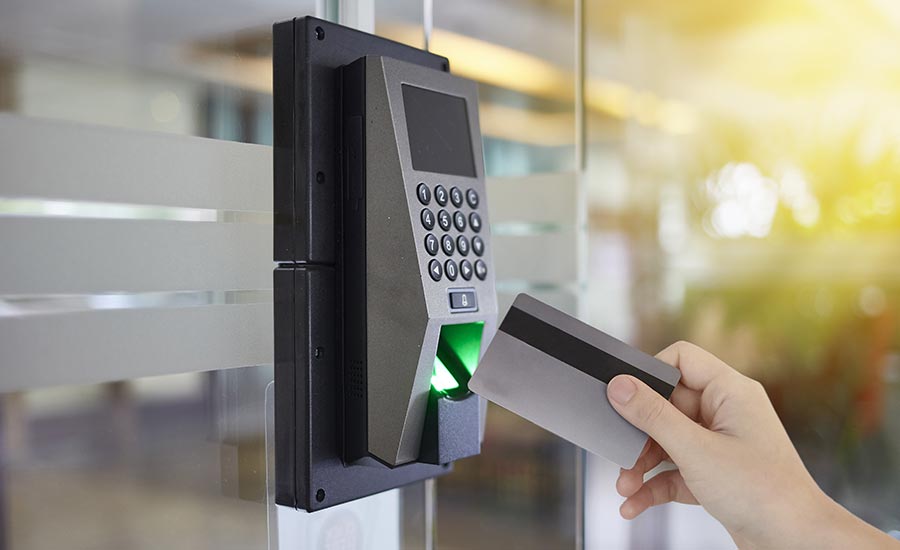Larger entities with higher populations, like offices, require convenience and security. As a result, an access control system is essential to manage human traffic into and out of the premises. Moreover, the system protects sensitive data from leaks and breaches by limiting the users to those with authorisation.
Given how critical a permissions system is, the right fit is crucial. When choosing the ideal set-up, consider the organisation’s needs against the system’s features and functions.
Features of Door Access Systems
Doors are the most common points of entry that need access control. Accordingly, many systems maintain a database that determines who, the door, and when each person can enter. Moreover, newer designs incorporate more advanced features. For example, some systems notify the security team of alarm conditions, monitor visitors, and integrate the system with a CCTV system.
Remote vs In-house Management
Many access control types are flexible, allowing the owner more room to manage permissions. While these systems accommodate changes seamlessly, they also need hands-on management to remain effective and minimise the risk of breach. Therefore, the control system requires monitoring which traditionally requires a physical presence on the premises. However, access control is now possible even from miles away, thanks to technological evolution. New designs allow remote management, facilitating speedy credential authorisation changes and working entry points even while on vacation.
Security Level
What level of security should the control system provide? Simple systems are adequate in areas that require less security and that allow access to a wide population, like building entryways. However, physical or online rooms and files containing sensitive data require a stringent authorisation system. For example, a fingerprint scanner may allow students into a university, but the same system requires further credentials to access financial records.
The credentials fed into the system determine its security level. For example, PINs are the least secure access credentials as they are prone to infiltration. On the other hand, biometric readers are the most secure as an individual’s face or fingerprint is not replicable.
User Safety
The recent Covid-19 pandemic accelerated the call against bodily contact with exposed surfaces. Consequently, individuals were no longer comfortable touching door handles, shopping carts, and other shared items without constant sanitation. As a result, organizations are now turning to touchless access control to ease visitors’ minds. Though biometric access control systems like fingerprints are secure, readers now incorporate non-touch tools like facial recognition.
The System’s Cost
Access control costs incorporate hardware such as door readers and controllers. It also includes the software running the system and the installation costs. Further costs include training, support, and maintenance. All these come together to make some systems whose hardware costs more but have lower installation costs. Conversely, other systems require heavy maintenance and support, even with low hardware costs. Generally, heavier security systems like biometric readers will be more costly than simple tools like PINs.
The ideal control system is the best fit based on an organisation’s needs. While setting the budget, consider the value of the sensitive data and the level of authorised access that preserves its safety. Finally, work with a reliable systems provider that facilitates regular and effective maintenance.

